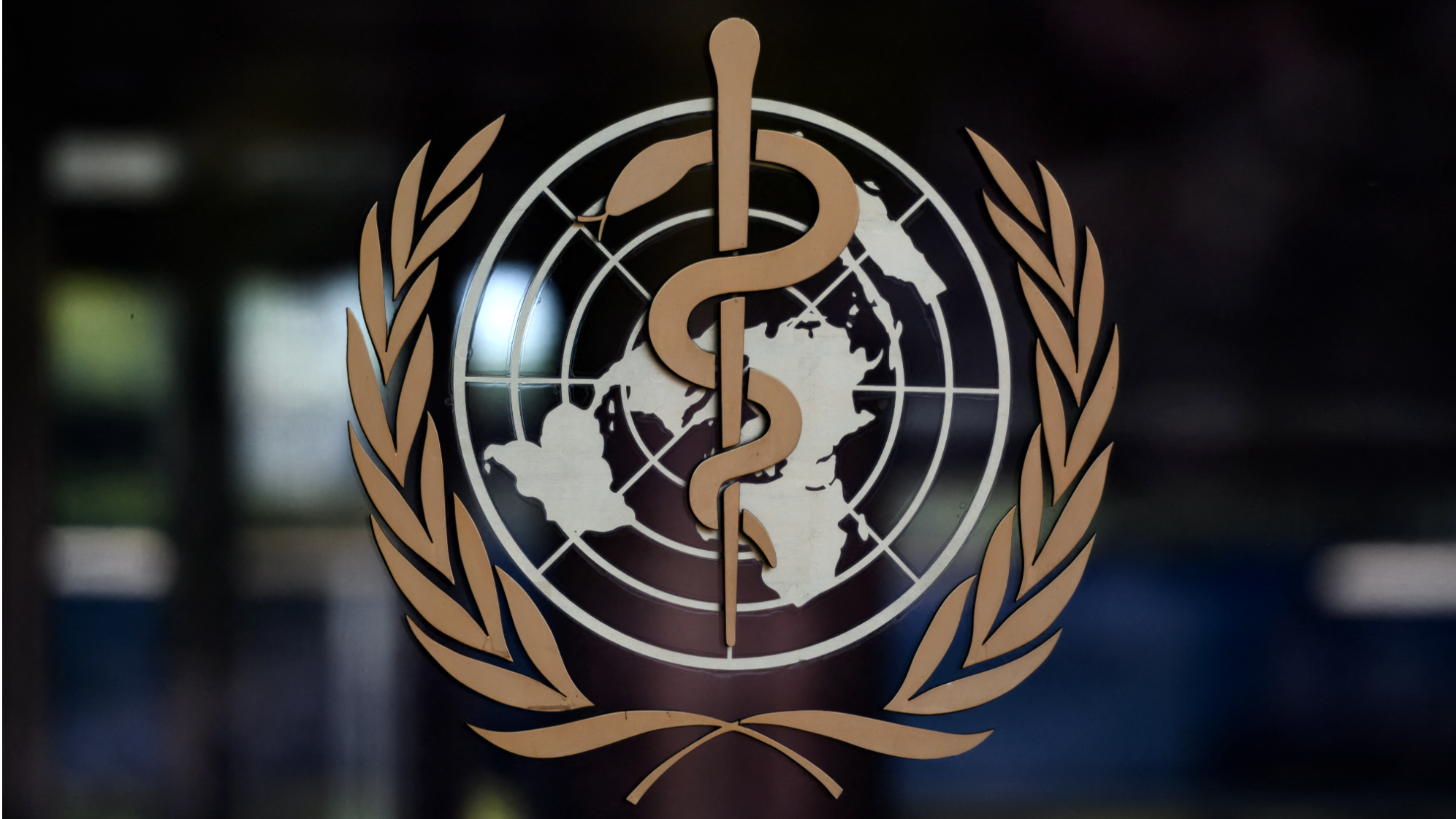
Ethiopia confirmed its first outbreak of Marburg virus disease after sending samples from a cluster of suspected cases of viral hemorrhagic fever for testing earlier this week.
The virus is the same strain reported in previous outbreaks in other East African nations, the World Health Organization said late Friday. Nine cases, including health workers, have been reported in Ethiopia’s southern region near South Sudan. The WHO and the Africa Centres for Disease Control and Prevention said Ethiopia moved quickly to identify the virus and begin containment efforts.
Rwanda last year sourced its first outbreak of the highly virulent disease to mining done in a cave inhabited by fruit bats. Once transmitted to humans, the often severe and even fatal illness spreads among people through direct contact with bodily fluids or via contaminated materials.
ALSO READ: Africa CDC calls for self-reliance as Africa faces surging health emergencies
Initial symptoms include high fever, acute headache and muscle aches, and many patients develop intense bleeding within a week of onset. There is no approved cure, though different therapeutics have been used under emergency compassionate-care conditions.

Gilead Sciences Inc supplied Rwanda with remdesivir, an antiviral medication tested during the 2018 Ebola outbreak in the Democratic Republic of the Congo.
Health authorities in Ethiopia and South Sudan are trying to prevent cross-border transmission. Healthcare infrastructure is strained in both countries, with a seven-year civil war in South Sudan compounding the problem.
READ MORE: Tanzania confirms outbreak of Marburg virus
The WHO released $300,000 from its contingency fund for emergencies on Thursday to support Ethiopia. It also deployed an initial team of responders and delivered medical supplies, including personal protective equipment for health workers and an isolation tent. Early access to supportive treatment, such as rehydration with oral or intravenous fluids, improve survival.


